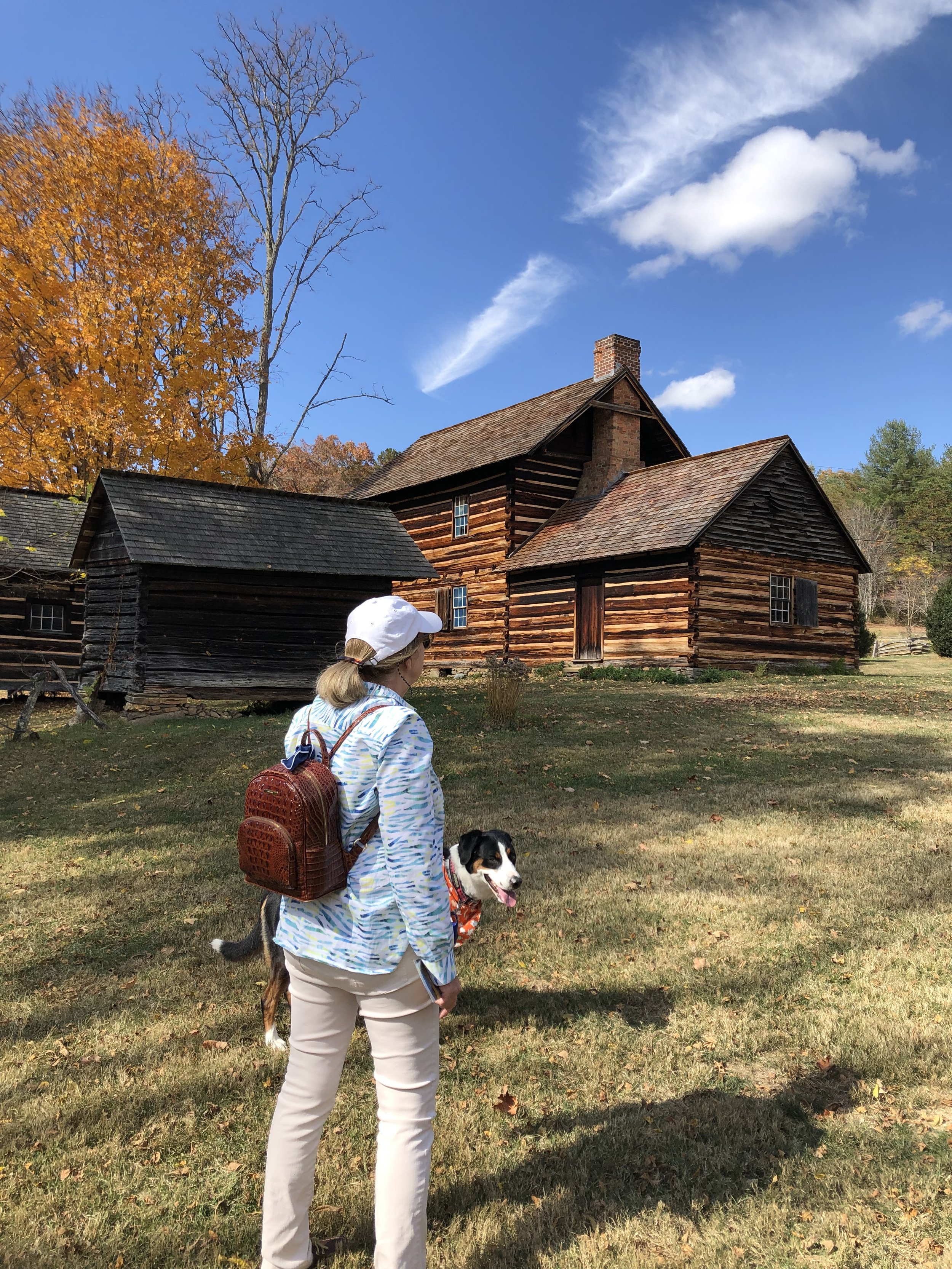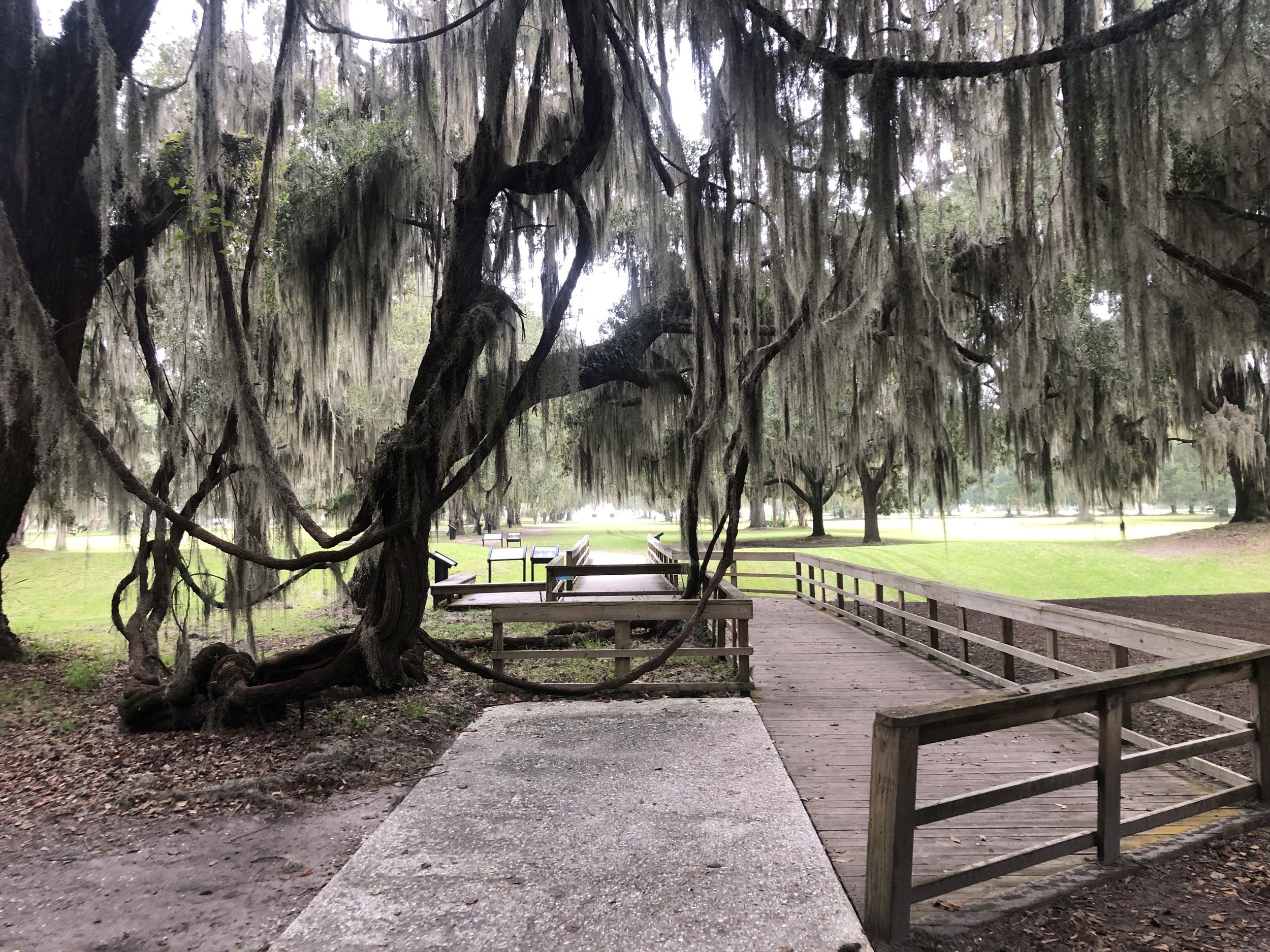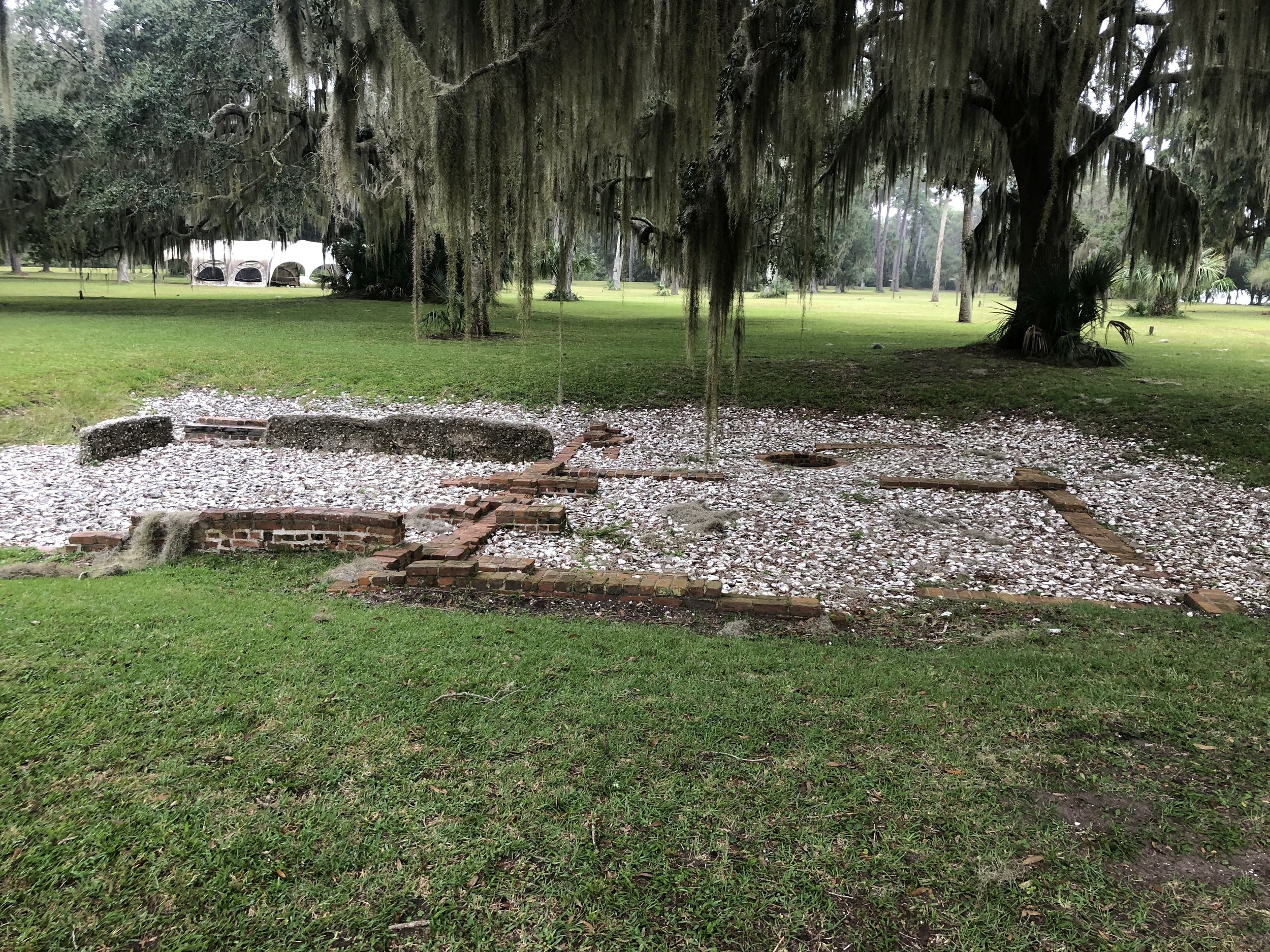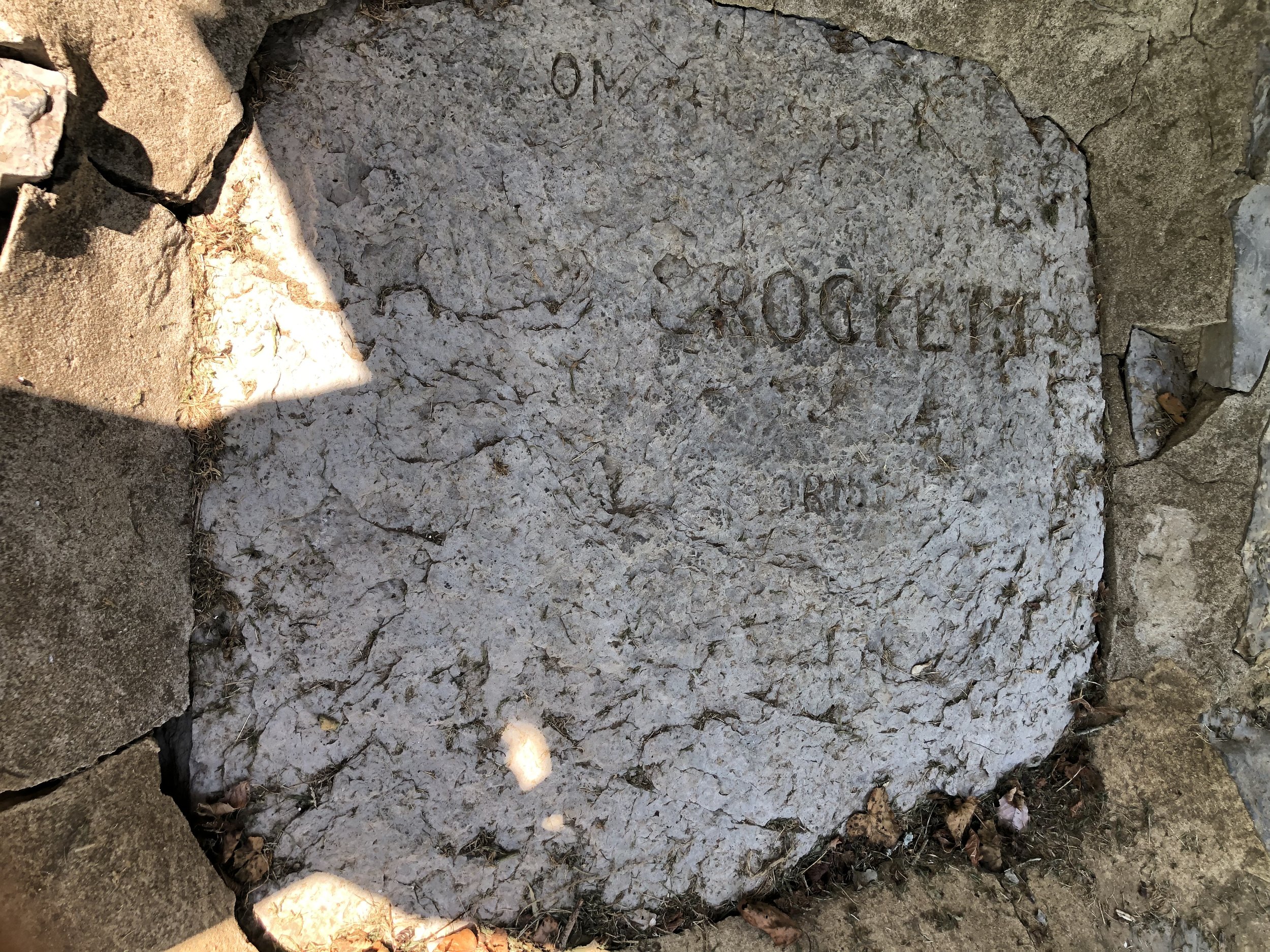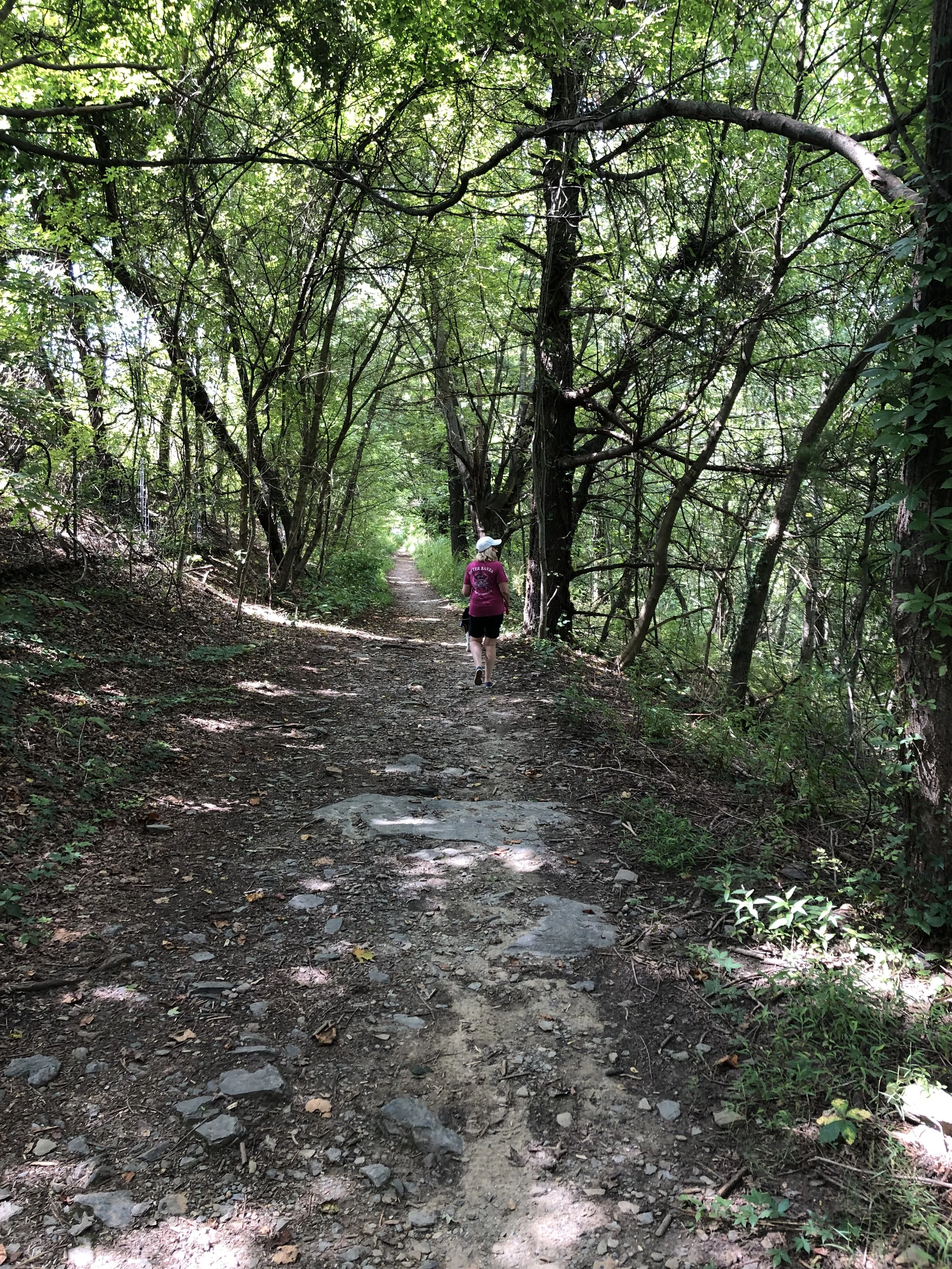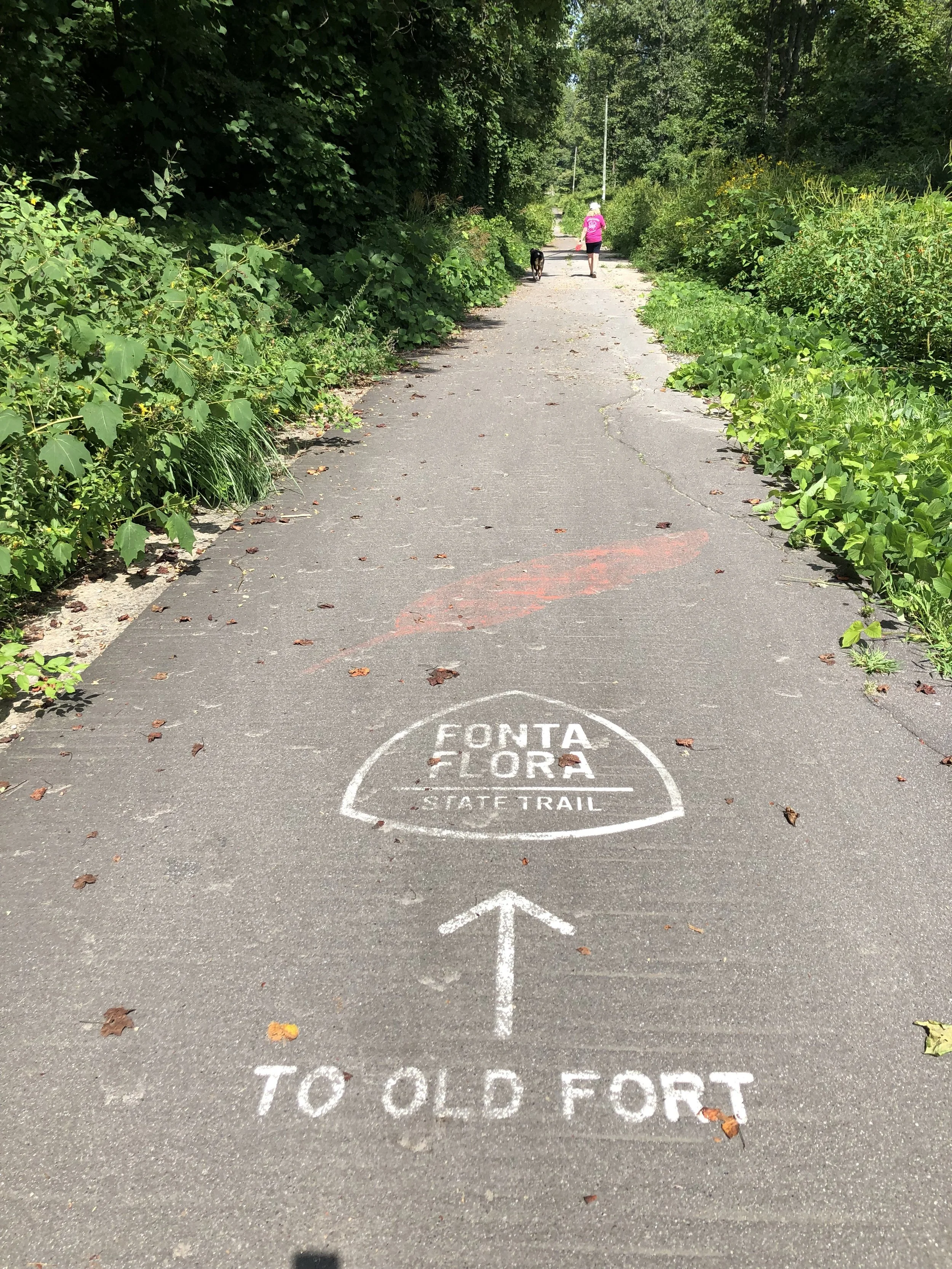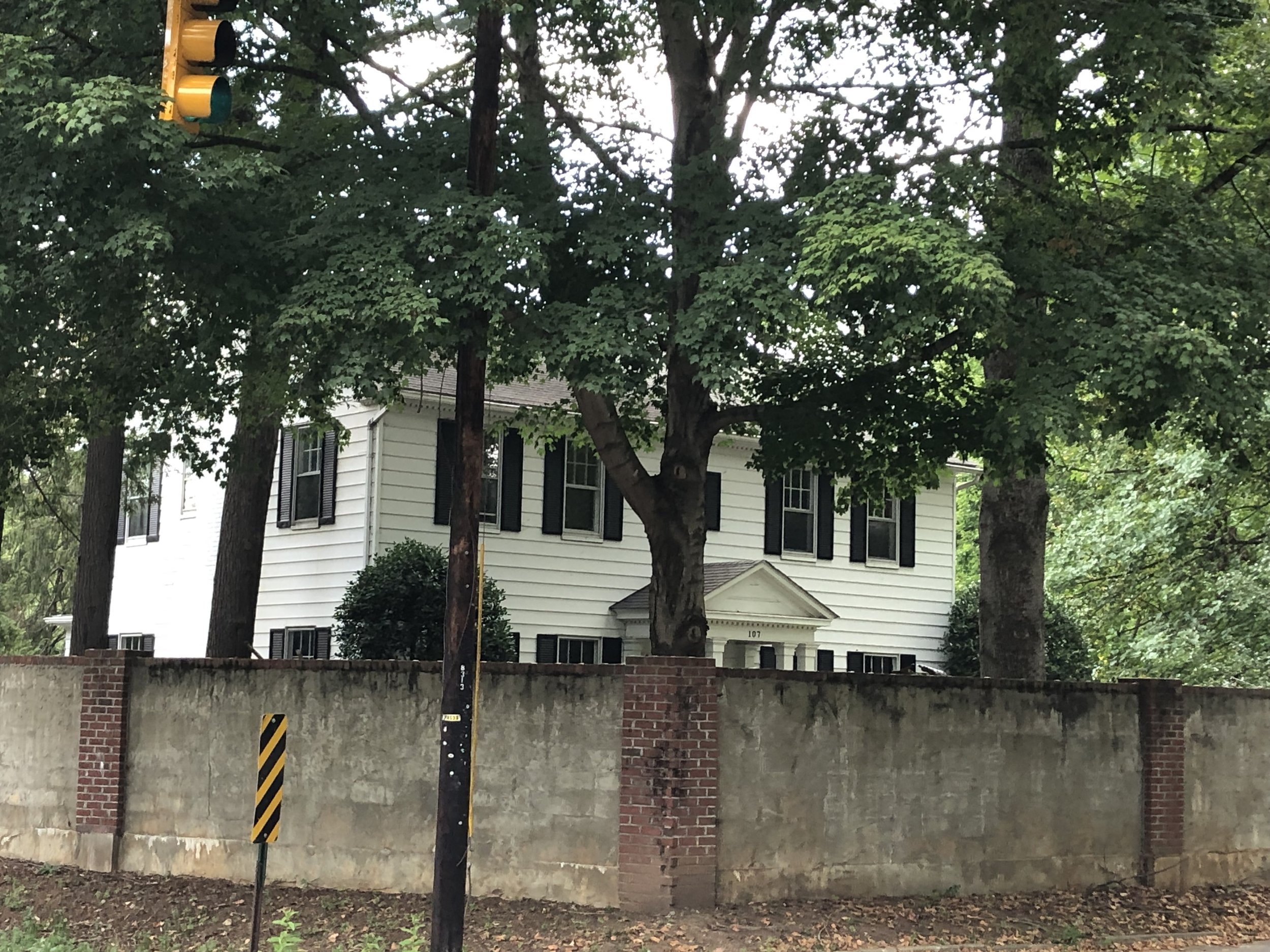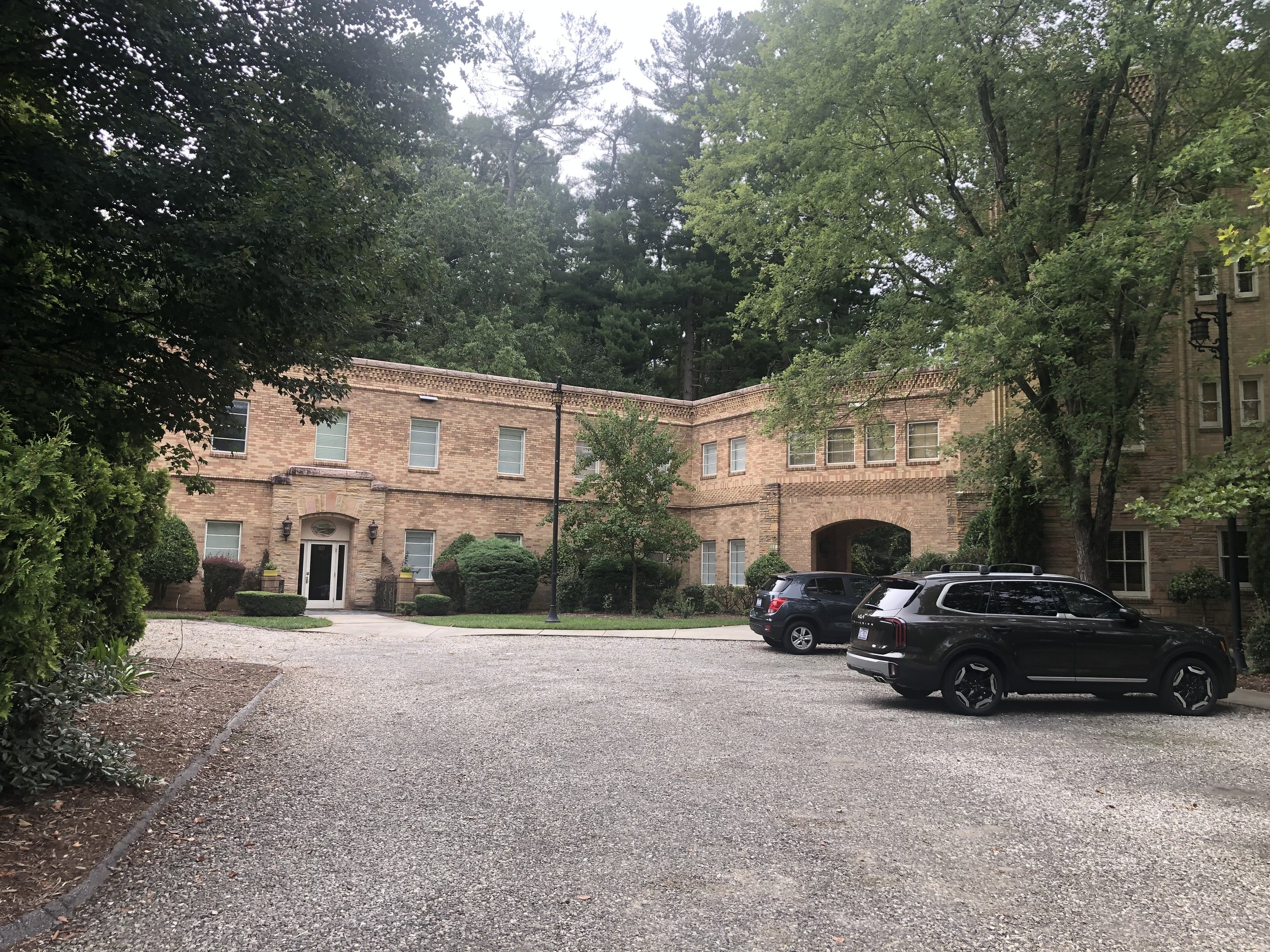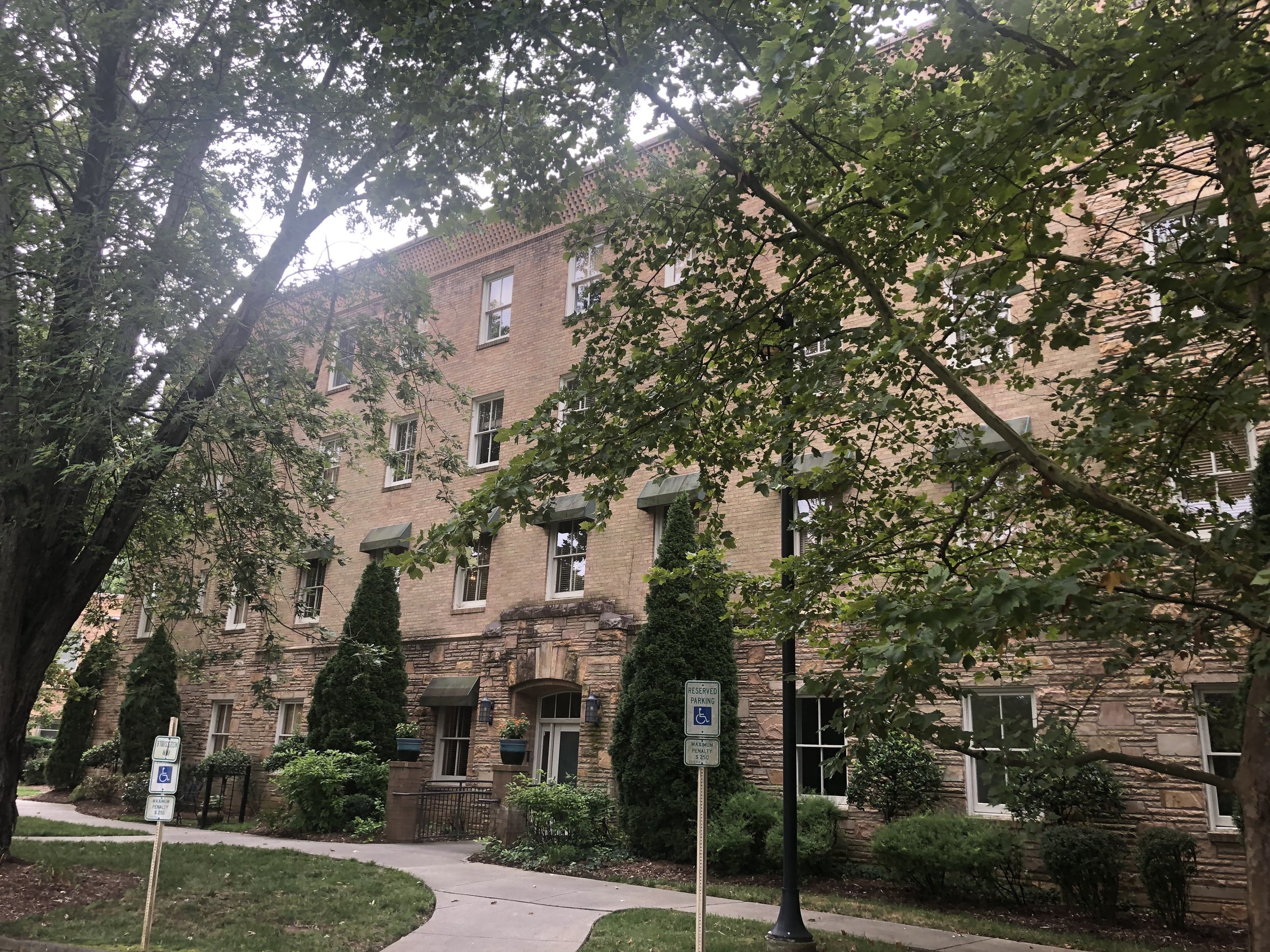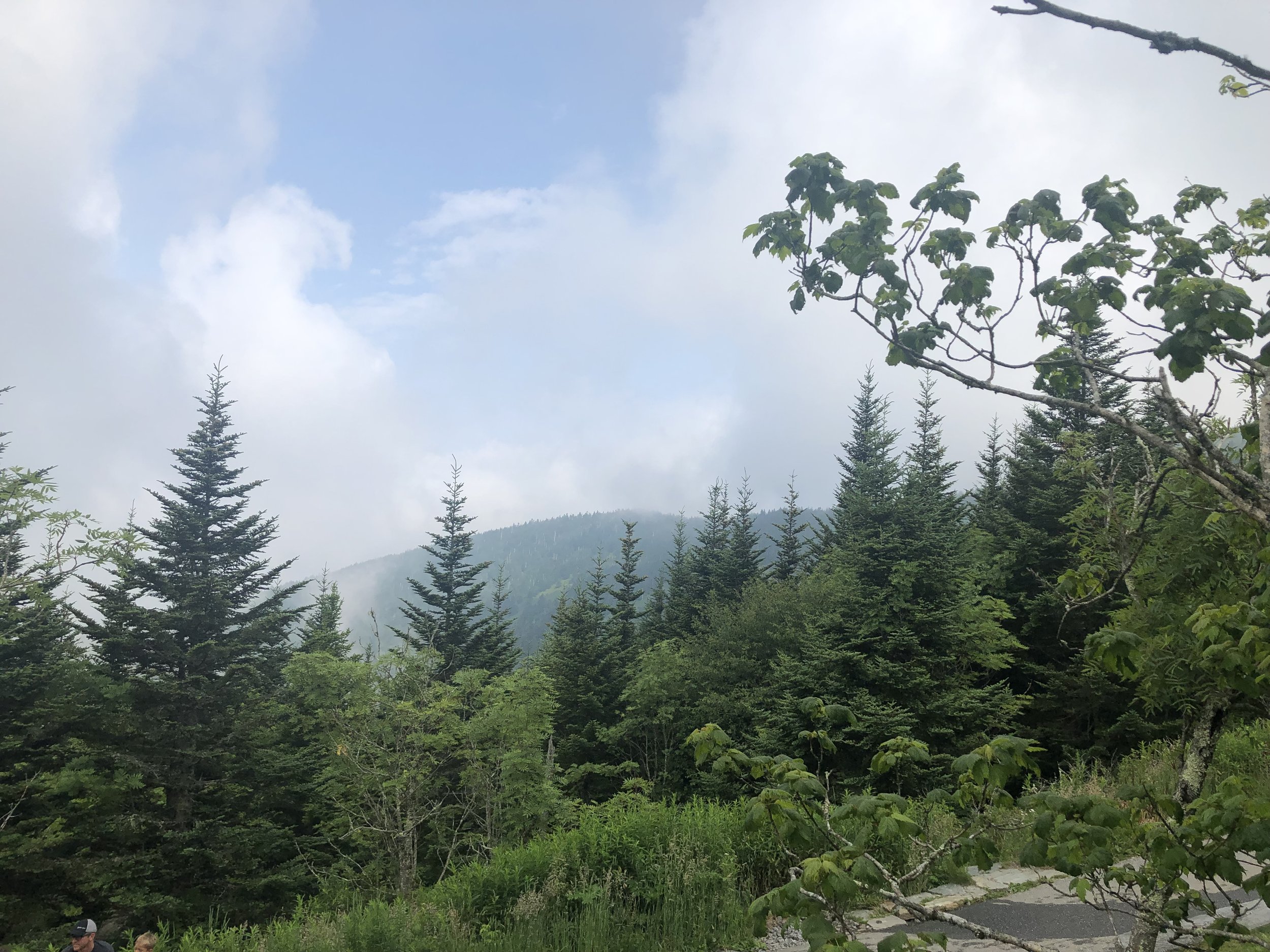Zebulon Baird Vance
For nearly 40 years I have been a member of Sons of Confederate Veterans (SCV). It is a heritage organization open to descendants of Confederate soldiers or members of the Confederate government. When I applied for membership in the 1980s I did so on the war record of my paternal great-great-grandfather, Ransom Batten, who lived a long post-war life, dying some 17 years before I was born. (Leroy Batten, my great grandfather, born in 1866, also lived a long life. I attended his funeral when I was 10 years old.) Over the years the organization has had members from all walks of life. If you look up “List of members of the Sons of Confederate Veterans” on Wikipedia, you will find a whole slew of politicians, state house members, members of Congress, members of the Senate, governors, at least one president (Harry S Truman), lawyers, writers, and even the odd actor (Clint Eastwood).
Two of the names on that list pop out at me. The first is Nelson Winbush, a fellow I met at a national reunion in Murfreesboro, TN, a few years back. He is a Real Grandson, meaning his grandfather served during the war. He is also black, as is H. K. Edgerton, the other name on the list that jumps out at me. H. K. happens to be a fellow member of our local group here in Asheville. He was at one time the president of the Asheville chapter of the NAACP.
The SCV works on heritage issues, and these days we end up spending a fair amount of time on the issue of the removal of Confederate memorials, statues, and the like. Those who never learned history seem to be intent on obliterating all the history they never learned. But every now and again a reporter will refer to us as The Sons of the Confederacy and imply that we are a racist or white supremacist organization.
Once I was contacted by a reporter from the Texas Tribune who asked me about my membership in the Sons of the Confederacy. Well, as it happens, I had done an internet search on this Sons of the Confederacy group and found nothing. Apparently that organization does not exist, or, if it does, it is a clandestine operation. It doesn’t have a website that I could find. So I informed the reporter that I was not a member of that organization, and that to the best of my knowledge that organization does not exist. Further, if he had been even a half-assed reporter, he would have known that, given that Google is available for reporters to use.
He had no further questions for me.
Every local chapter of the SCV, or camp, has a name and a number. The local Asheville camp is the Zebulon Baird Vance Camp 15. This essay is about Zeb Vance, a fellow H. K. refers to as the most renowned statesman that the state of North Carolina ever produced.
I have taken a good bit of the information that follows from the NCPedia article on Zebulon Baird Vance. The NCPedia article was, in turn, taken from a six-volume work, Dictionary of North Carolina Biography, edited by William S. Powell. The article on Vance was authored by John G. Barrett, in 1996.
He was born (1830) on the family homestead at Reems Creek in Buncombe County, NC. The log cabin, still standing, is approximately 12 miles north of Asheville and about five miles south of downtown Weaverville. He enrolled at age 13 in Washington College (near Davy Crockett’s birthplace), but left the school after a year due to the death of his father. After the family’s finances were placed on a better footing, he studied law in Asheville (by reading law under a practicing attorney), and at the University of North Carolina. He was not fond of the law as a profession, but saw it as a stepping stone to his real interest, politics. According to Barrett, “Success in the courtroom was usually the result of wit, humor, boisterous eloquence, and clever retorts, not knowledge of the law. He understood people better than he did judicial matters.”
It did not take Vance long to get involved in politics. He was admitted to the bar in Asheville in 1851, and was immediately elected solicitor for Buncombe County. He was elected to the North Carolina House of Commons in 1854, and to the Congress of the United States in 1858. He remained a member of Congress until the end of the 1859-1861 term. We all know what happened in 1861. Well, maybe the folks who pull down statues don’t know. There was a war.
He turned down the opportunity to become a member of the Confederate Congress. He was an interesting fellow: he owned slaves, but did not believe secession was in the best interest of the state. But when the state did secede from the Union, he became first a captain, and then a colonel, in the Confederate Army. But in 1862, the Conservative party nominated him as candidate for governor, and he won the election against a Whig candidate and a Confederate party candidate.
(Vance’s party affiliations are varied. He began his political career as a Whig, then affiliated with the Know-Nothing party, then the Conservative party, which eventually became the Democratic party. His postbellum offices were held as a Democrat.)
His work during these first two terms as governor (from 1862 until his imprisonment at the end of the war) focused on raising and arming soldiers, and seeing to their supplies, as well as minimizing the suffering of his citizens to the extent possible by supplying them with food, clothing, and other supplies. He was very often in conflict with Confederate president Jefferson Davis. According to Barrett, “Vance objected strenuously to the Confederate conscription and impressment of property laws, the suspension of the writ of habeas corpus, discrimination against North Carolinians in the appointment and promotion of commissioned officers, and the use of Virginia officers in the state.” His devotion to the people of North Carolina made him the most popular politician in the history of the state.
After his release from prison in 1865 (a curious episode: he was never charged with a crime nor tried), he returned to North Carolina to practice law. He could not, however, stay away from politics. He was elected governor again in 1876, elected to the United State Senate in 1879, and reelected in 1885 and 1891. He did not finish that last term as senator, as he died in 1894.
He held no bitterness to the North, and worked as a senator to reunite the two nations that had recently been enemies. But he was in the opposition, and his list of legislative accomplishments as a senator is slim. Clearly, his greatest service to the state was as governor.
Herman Blumenthal, chairman of The Blumenthal Foundation, had this to say: “The memory of Vance would have faded wholly into oblivion were it not for Asheville, North Carolina, which had dedicated a towering monument in the center of the city to him and annually conducts a memorial ceremony on his birthday. A museum containing his memorabilia is located nearby.” He wrote that in 1995. As you can imagine, nothing in that statement is true today. He has been canceled by the modern Know-Nothing party. The obelisk that Blumenthal referred to has been disassembled and is stored somewhere. I believe the removal is the subject of ongoing litigation.
Every state in the country is allowed two statues in Statuary Hall of the Capitol building in DC. North Carolina has one for Charles B. Aycock, the “education governor” (1901-1905). My understanding is that his statue will be replaced with one of Billy Graham, as soon as the new work is fully funded and completed. The other is Zebulon Vance. I have not heard of any plans to replace this statue.
On a recent fall day we drove a portion of the Blue Ridge Parkway, enjoying the display of colors. We noticed an exit from the Parkway that led to the Zebulon B. Vance birthplace, and on a whim, we took the exit. The photos on this post are from that visit.
The cabin in which Vance was born.
A very old photo of the Vance birthplace.
This monument has now been removed.
The birthplace from the back, showing some of the outbuildings.
Slave quarters on the grounds.
Fuel for the smokehouse.
Like many North Carolina notables, Vance is buried in the Riverside Cemetery, in Asheville.




